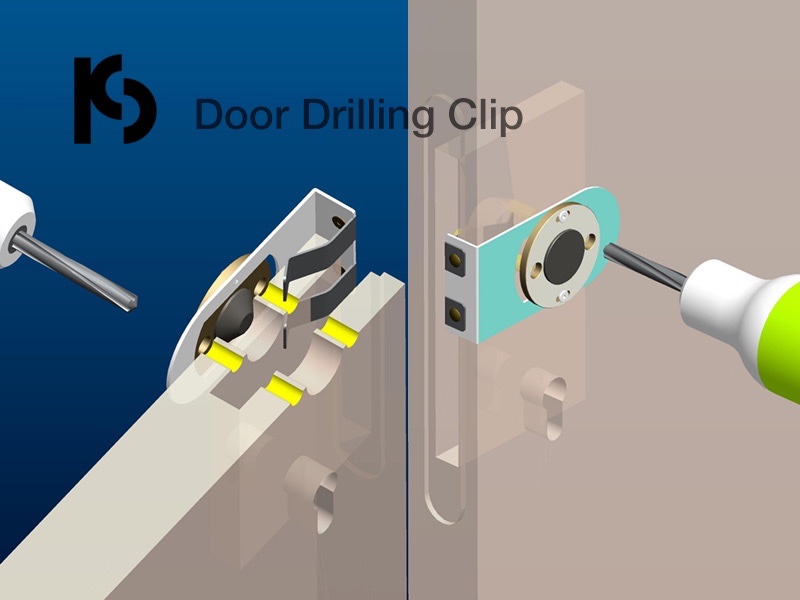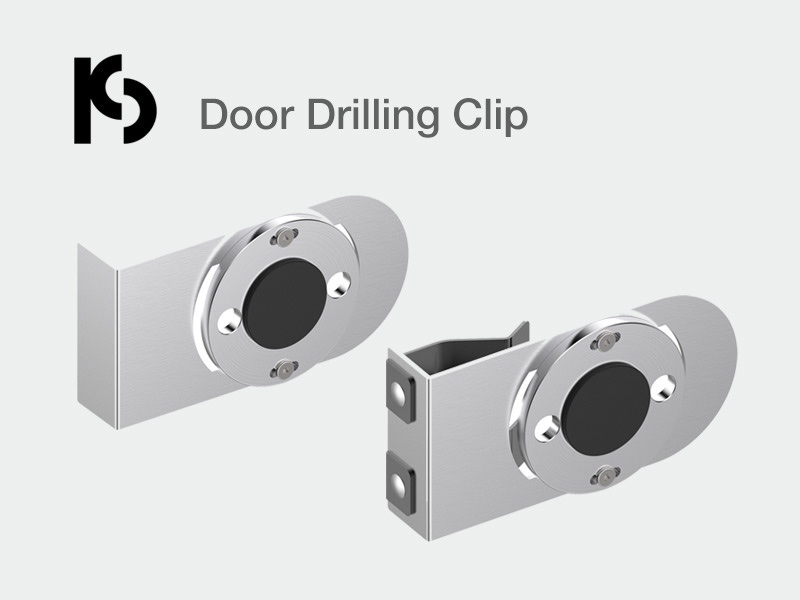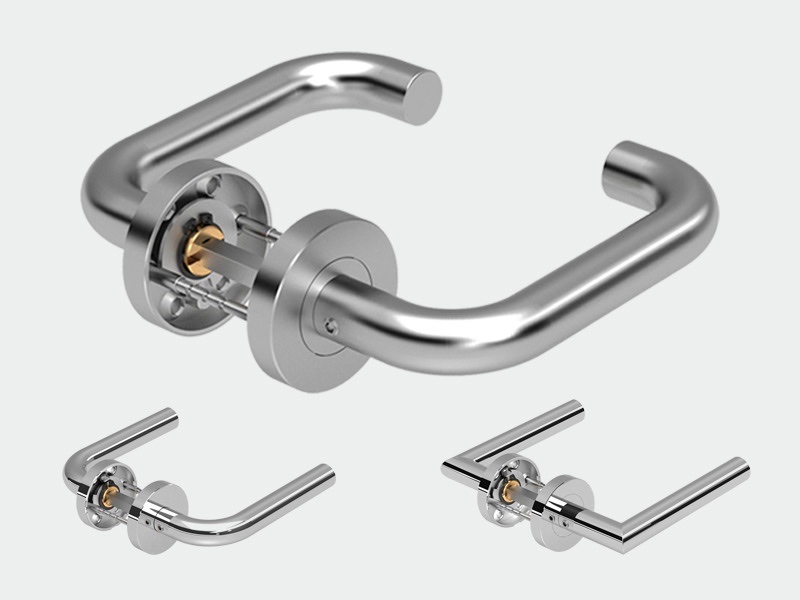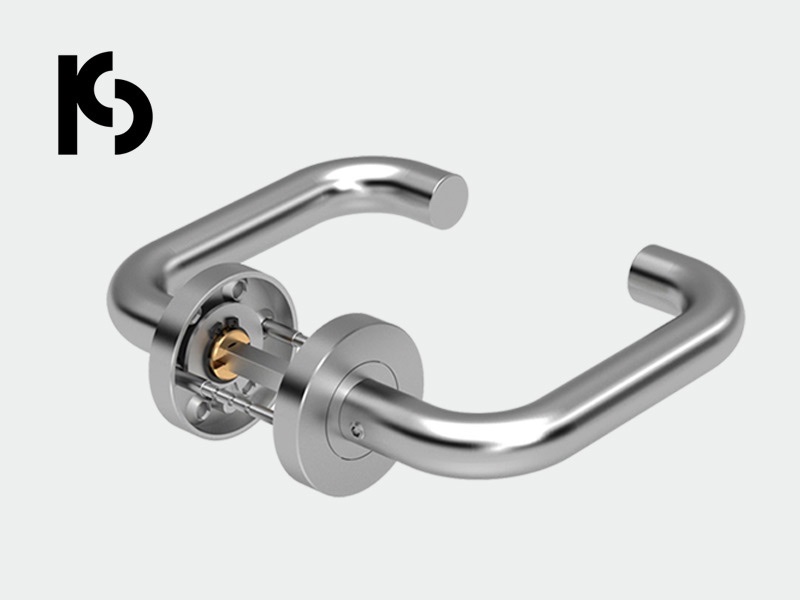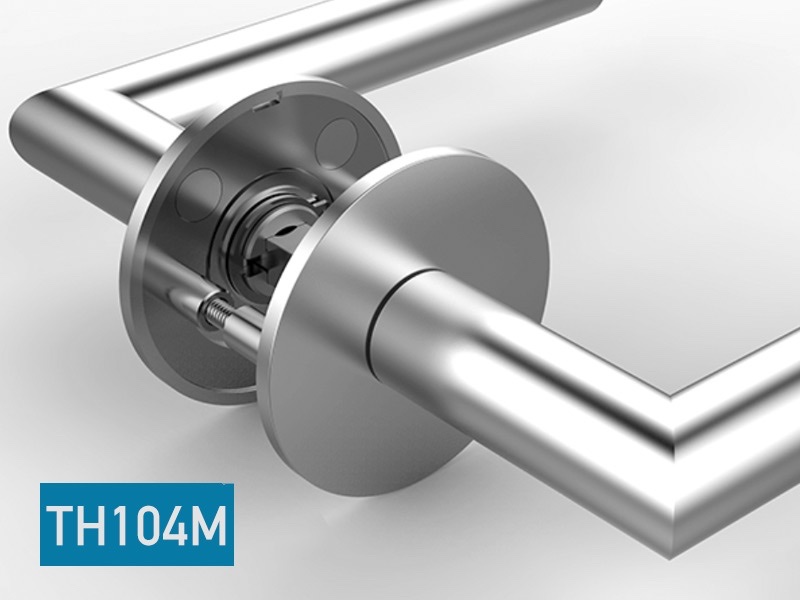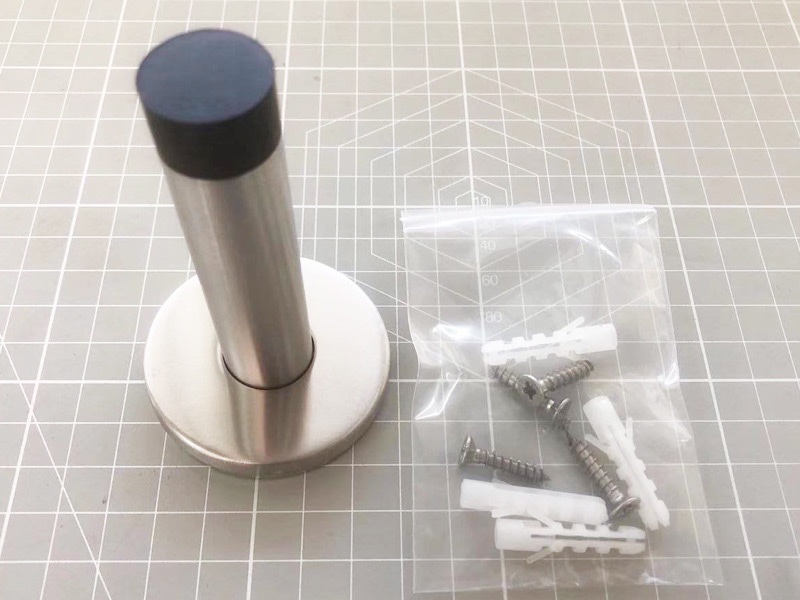Recent Posts
-
Easy-to-Use Door Drilling Clip – Step-by-Step Guide for Precision Holes | PCS Hardware
Achieve perfect door drilling effortlessly with our Door Drilling Clip! Follow simple steps: drill center hole, insert fixer, and drill side holes. Even beginners get professional results. Contact us for durable, high-precision hardware solutions!
-
High-Quality Door Drilling Clip – Durable Steel, Dual Versions, Free-Choice Direction | PCS Hardware
Boost efficiency with our durable Door Drilling Clip, made from high-quality steel for long-lasting use. Choose between simple or clamp versions for precise positioning. Drill in any direction (north-south or east-west). Contact us today!
-
Economy Door Handles: Balancing Cost & Quality with EN1906 Standards | PCS Solutions
Discover how PCS economy lever handles deliver reliable performance while meeting EN1906 standards. Learn to identify quality differences in budget-friendly hardware. Contact us for risk-managed procurement solutions.
-
Economy Door Hardware: Strategic Value & Risk Management Solutions | PCS
Discover how economy-range door hardware creates market access while managing risks. Our solutions include EN 1906 Grade 2 certification & strict quality control for reliable, competitive products. Contact us for strategic partnerships!
-
Ultra-Slim Magnetic Door Hardware: 2.9mm TH104M Latch & 90s Tool-Free Installation | ANSI/BHMA Certified
World's thinnest 2.9mm magnetic door handles with color-matched flush mounting. Features ±0.2mm alignment tech enabling 90-second installation. 3mm concealed rose plate meets ADA compliance.
-
Door Stopper Fastener Loosening
Solve cyclic loading failures with Grade 8.8 bolts, nylon locknuts & ISO 10964 adhesives. Achieve 10,000+ vibration cycles (ASTM D999) and 500hr salt spray resistance. 400% lifespan extension proven.
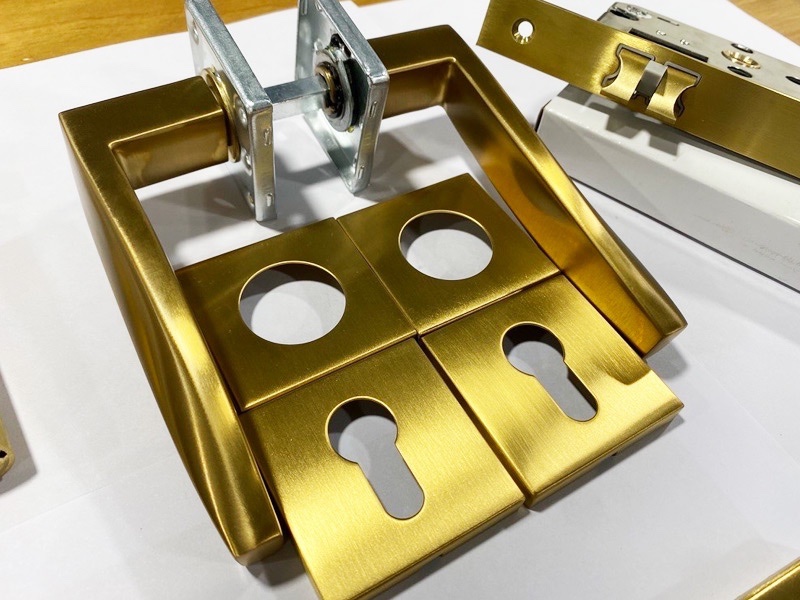
1, Surface Preparation Requirements
PVD Coating:
Requires Class-A surface finishing (Ra ≤ 0.2μm per ISO 1302)
Demands precise tooling marks alignment (≤0.05mm deviation)
Powder Coating:
Tolerates surface roughness up to Ra 3.2μm (ASME B46.1)
Sandblasting at 80-100 grit suffices for adhesion enhancement
2, Application Environment
| Coating Type | Recommended Use | UV Exposure Limit |
| Standard Powder | Indoor applications | ≤200kLux/year (EN 12206) |
| NTUV Powder | Outdoor/balcony use | ≤600kLux/year (AAMA 2604) |
Note: NTUV coating extends color retention to 5+ years under 450nm UV radiation (per ASTM G154 Cycle 4)
3, Technical Specifications
| Parameter | PVD | Standard Powder | NTUV Powder |
| Weathering Resistance | ΔE<2 @1500hrs | ΔE>5 @500hrs | ΔE<3 @2000hrs |
| Surface Hardness | HV800-1200 | HV200-300 | HV350-450 |
| Cost Multiplier | 5X | 1X | 2.5X |
4, Commercial Advisory
PVD: Recommended for luxury/hospitality projects requiring mirror-grade finishes
NTUV Powder: Optimal for residential exteriors with 15-year warranty coverage
Standard Powder: Cost-effective solution for indoor hardware (3-year fade warranty)

